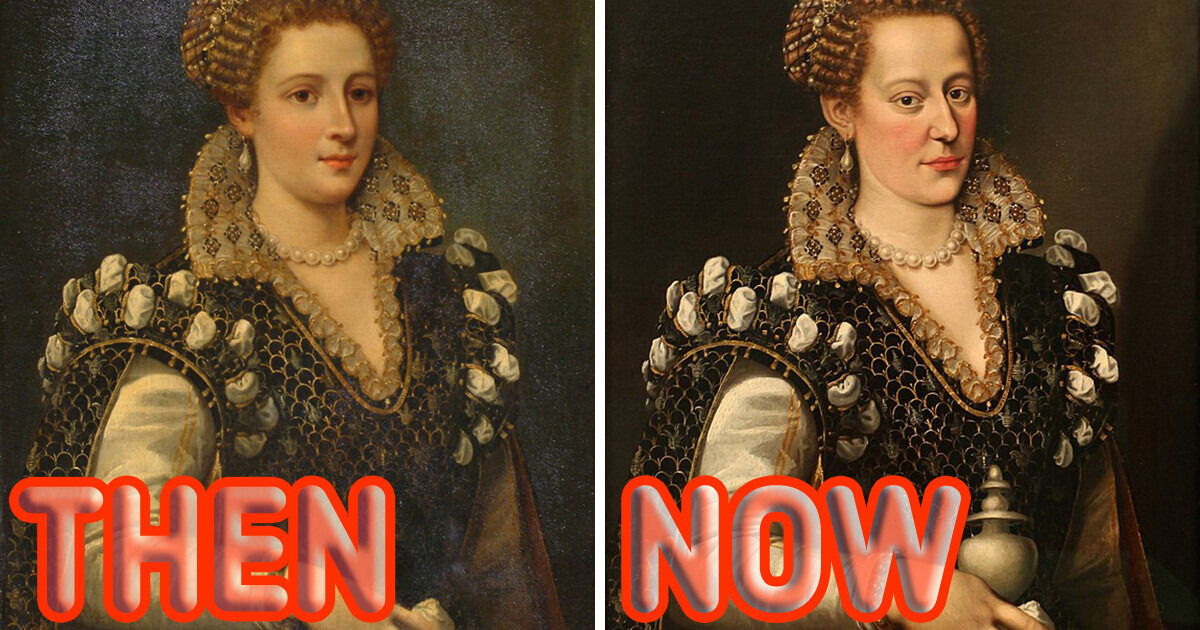What Disney Princesses Should Have Really Looked Like


The Carnegie Museum of Art in Pittsburgh came close to accidentally damaging a 16th-century Florentine portrait. Thankfully, the painting, which turned out to be a modern fake, was sent for extra examination just in the nick of time.
Lulu Lippincott, the curator of the Pittsburgh Museum, was certain that the alleged portrait of Eleanor Toledo by Italian mannerist Bronzino was a common modern fake. Upon seeing the picture, she thought, “Are you kidding? This is not Bronzino.” Believing that the artwork didn’t resemble the work of any old masters, Lippincott sent it to the museum’s curator, Ellen Baxter, along with a note asking for confirmation of its authenticity.
To Lippincott’s surprise, Baxter’s response was unexpected. Baxter stated that she’s not entirely certain. It was clearly not Bronzino, but something about this picture didn’t match the characteristics of a classic portrait on canvas. Something didn’t quite fit.
After examining the painting’s stretcher, Baxter noticed the mark of Francis Lidham, a notable 19th-century British restorer known for skillfully creating portraits from damaged group paintings. “Finally, the pieces started coming together,” explained Baxter, mentioning that she immediately began searching the catalogs for the original, which was likely damaged and deemed unrestorable.
Lippincott then had to acknowledge that the age of the artwork was at least 100, and most likely, a significant 400 years more than she initially thought when examining the picture. Adventure began.
The big breakthrough happened when x-rays revealed entirely different outlines of a vibrant figure hidden beneath the top layer of paint. The X-ray also uncovered an alabaster urn in the hands of the person depicted and traces of a halo around the head, characteristic of Mary Magdalene. It turns out that the face and hands of the woman in the canvas were redone in the 19th century, after the work had been framed separately. Presumably, the restorer aimed to enhance the portrait’s attractiveness, likely to make it more marketable.
Lippincott delved into the canvas’s history, now dated to the 19th century, and traced it back to the collection of railroad tycoon Collis Potter Huntington. Most of his collection ended up at the New York Metropolitan Museum after his death, and Carnegie acquired this particular painting in 1978.
Lippincott aimed to uncover the identity of the depicted figure. She turned her attention to the woman’s attire, which seemed to be the most authentic part of the painting. While perusing the catalog of portraits of the Medici family, she stumbled upon the original canvas. It was a group portrait featuring the Florentine rulers and patrons, with the heroine identified as Isabella de Medici (1542-1576).
Lippincott thinks the painting dates back to around 1574, and she believes that the addition of the halo and urn happened shortly after the initial completion. The purpose was to turn the portrait into a “symbol of repentance.” Isabella’s brother Francesco took over as the family head in 1574 and was seemingly less approving of her scandalous lifestyle. Lippincott suggests, “This could have been Isabella’s way of trying to turn over a new leaf.”
Now that the painting has been fully cleared of 19th-century paint layers, museum staff are optimistic about identifying the 16th-century artist. The prevailing belief is that the work likely originated from someone within the circle of Alessandro Allori, a prominent painter of the Medici court during the 1560s and 1570s.
Delving into the mysteries concealed within works of art is a uniquely captivating pursuit. Unraveling the enigmas intricately woven into each brushstroke and color palette transforms the appreciation of art into a compelling detective story.











